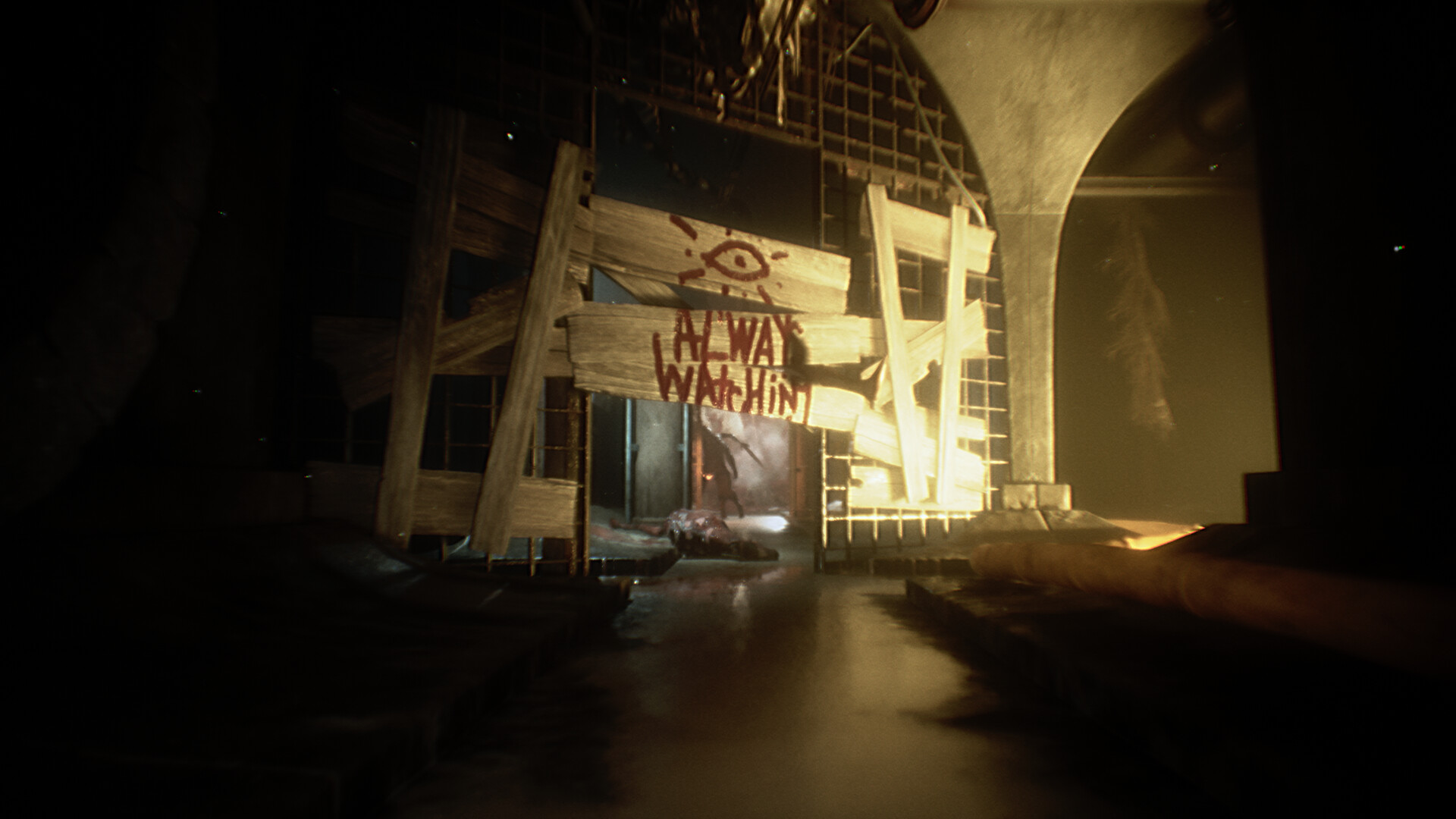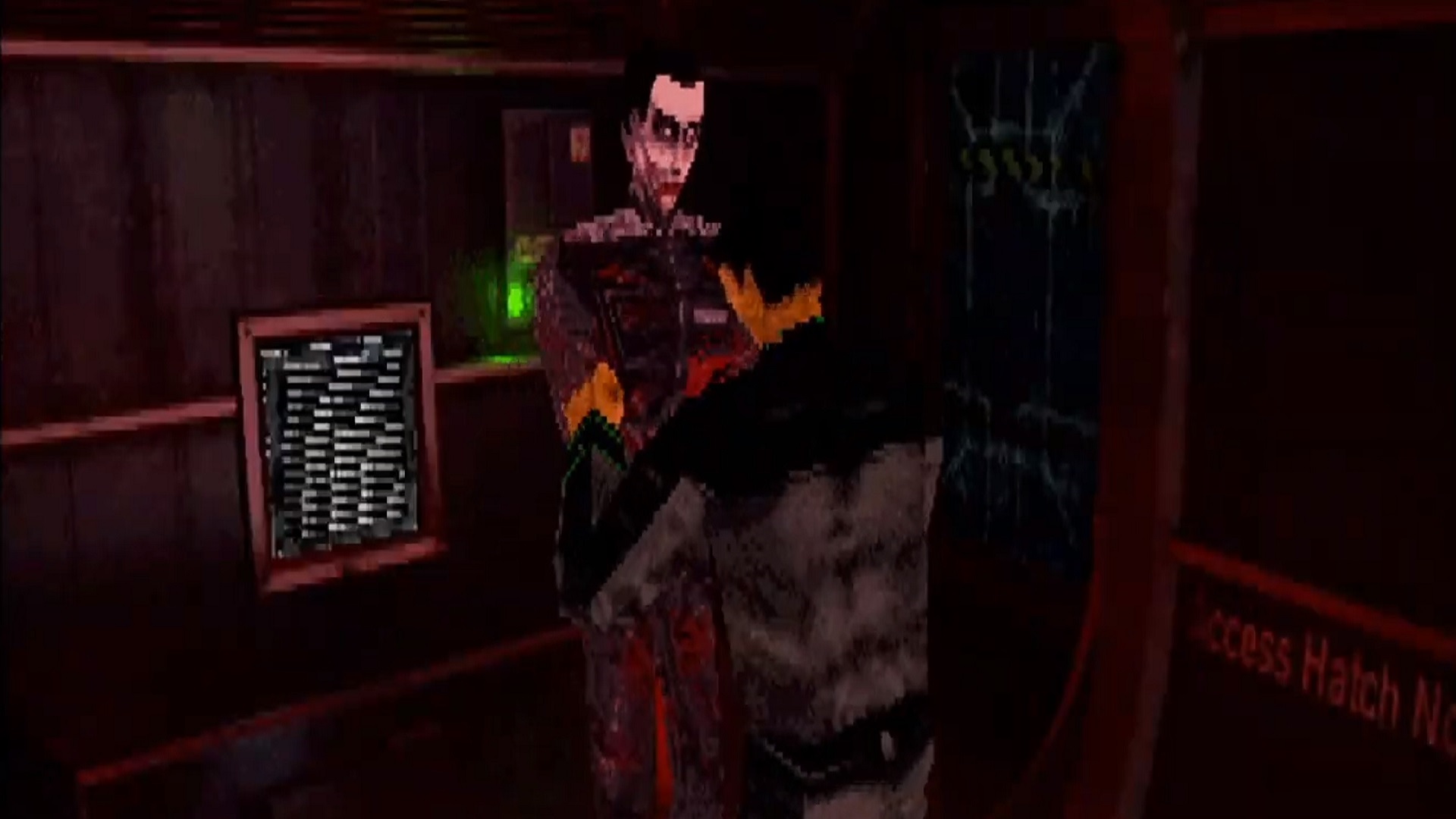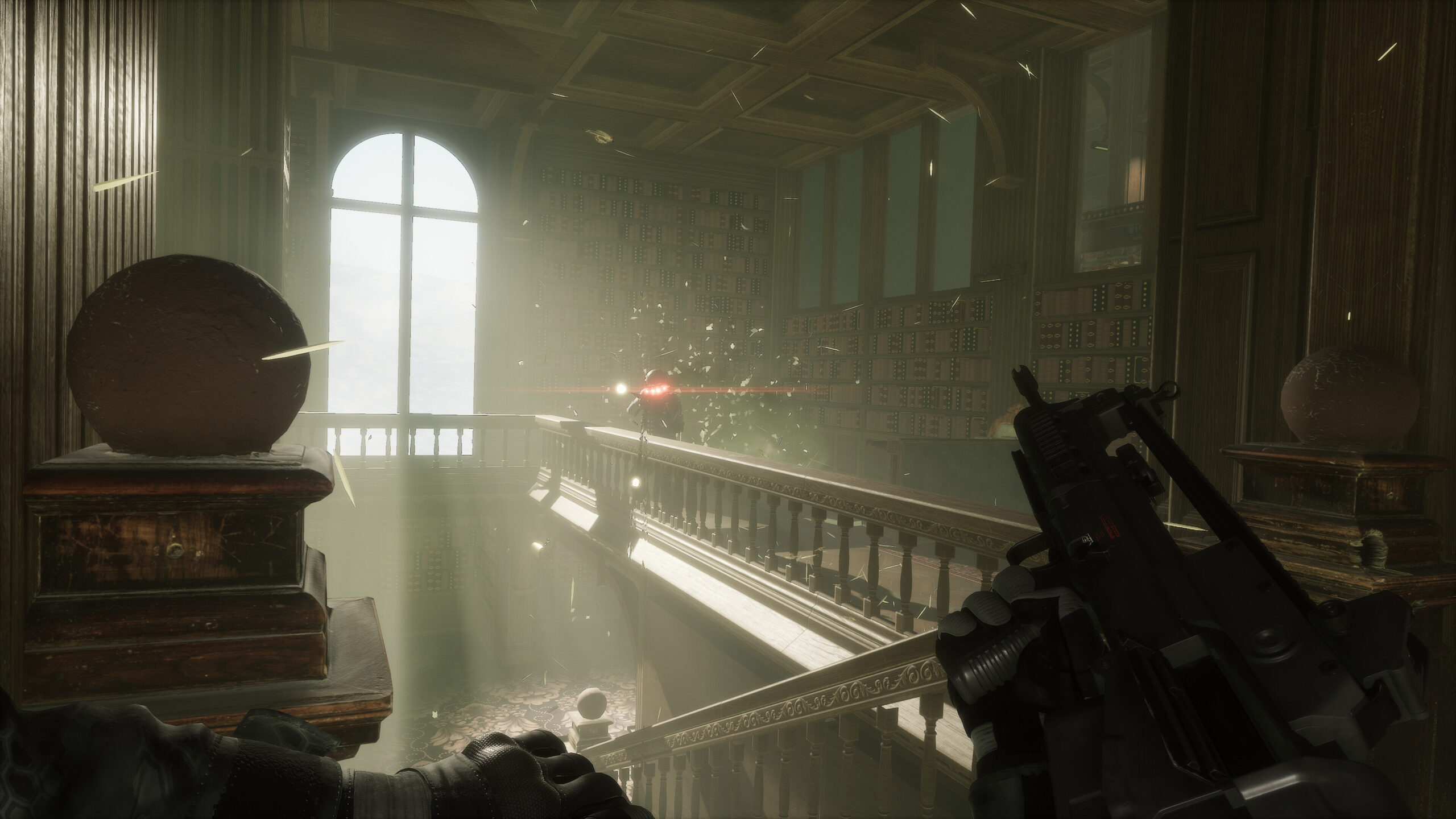Neversong Review- A Tune I’d Happily Hum Again
Neversong is the latest title by indie developer Thomas Bush, best known for his incredible games Coma and Pinstripe. Specializing in creating atmospheric games, Neversong is a short but sweet puzzle-platformer that is more melancholy than horror. While not as long as many were hoping, Neversong is an interesting and engaging game that falls just short of being great.

Neversong you play as Peet, a boy whose girlfriend Wren has gone missing. While exploring an old asylum, a ghostly figure called Dr. Smile abducts Wren, and the shock sends Peet into a coma. He awakens to find that his town of Red Wind is in calamity; while searching for the missing Wren, the adults began to experience violent and erratic behavior. Now with only the support of Bird, a Navi-style companion, Peet must search for his missing love and figure out just what is going on in Red Wind.
Neversong is not quite the horror experience I was hoping for. It certainly had some unusual or disturbing parts. Walking through the asylum you might see a gangly man wielding a knife and a big grin standing outside the window, and the first and last boss fights are certainly horrific. But rather than scares, Neversong creates a dark and foreboding atmosphere, emphasized by the stunningly great music.

The story for Neversong is fairly simple (with a plot twist you can see coming before you’ve even opened the game), but the town of Red Wind and its inhabitants are the real fascination here.. For example one of the first people you meet is a child who suffers from a syndrome which inflates his body, requiring you to find a needle and pop him (you later must feed him to his mother in order to challenge her to a boss fight). Each character is unique and many are just plain grotesque, often decrying your quest to find Wren or stating that she’s probably already dead. Peet himself has few dialogue sections, so in a way, the town itself is the main character.
The gameplay for Neversong is fairly simple for a 2D platformer. You begin the game with only a jump and movement, and as you progress, you gain access to other various equipment. Wren’s baseball bat, a skateboard, some “ninja gloves” that have magnets in them, an umbrella, stuff of that nature. Other than the baseball bat, none of these really change the overall gameplay, and serve only to help you reach formerly inaccessible areas. Think of the Dominion Rod from Legend of Zelda: Twilight Princess.

Puzzles are the main part of Neversong. Generally your typical environmental problem solving that you find in platformers. Moving a bomb to something that needs exploding, hunting down some bells to ring in order to wake up a boss, nothing all too complex. Most of the difficulty comes from actually pulling off the puzzle rather than figuring it out. Trying to line up where the bomb goes and then having it bounce away before it explodes was occasionally a challenge. The only puzzle I had any real difficulty with was the one right before the final encounter with Dr. Smile, mostly because it had some damaging lasers to avoid and I am not good at avoiding damaging lasers.
Unfortunately, a lot of the puzzles require knowing where you’re supposed to be going, which can lead to a lot of backtracking. More than once Neversong had me running from one side of the map to the other, looking for the way forward. Now this can certainly be attributed to me being a dumb dumb and maybe not paying enough attention, but it’s worth noting that this isn’t a title that will hold your hand and give you a minimap or big glowing arrow pointing the way forward.

The boss fights themselves are puzzles too. There are four main boss fights in Neversong. Each boss is more or less dormant until you do whatever it is they need doing, and then the fight itself is a platformer puzzle. The bosses are grotesque and interesting, but ultimately not all that big of a challenge (minus Dr. Smile, of course). When a boss is defeated, you gain their “song,” which you can then return to Wren’s house and play on her piano. Doing this will unlock a new item.
I think the items in Neversong were a bit of a wasted opportunity. The skateboard is only used in certain areas, making it all but useless when away from ramps. The gloves as well are rarely used during fights, and the parachute effect of the umbrella is not at all needed, except for the five or so places with a conveniently placed fan pointing up. Even the upgrade for the bat, which fills it with nails to allow cutting of certain objects, seems to have no change in damage. It would have been nice for these items to have some use in combat, but ultimately for such a short game, it doesn’t make a huge difference.

Although there is a lot of it, Neversong is not exactly a combat-focused game. There’s like five different enemies and 4 bosses, and with the exception of the final boss, none are any real challenge. Even if you lose health, almost every enemy will drop a heart on death. There are achievements for beating each boss within five minutes, and I probably averaged a minute or two on each. Enemies seem to be there more to extend the runtime, and at some point, I just kind of began running past enemy encounters when I could.
As far as other character stat upgrades, the only “leveling up” you do is collecting these little stars. Collect 100, and you gain a new heart level. 100 seems like a lot, but enemies drop two or three each and there are plenty to be found in various boxes and other smashable items. Having seven hearts by the end seemed even a little excessive, and dying in Neversong was a rarity, to say the least.

It’s a good game, albeit kind of short. My playthrough put me in at about three hours, of which much was just walking around trying to figure out where I’m going. Neversong is interesting and leans more towards emotional rather than spectacle. The only improvements would be establishing the world a bit more, perhaps some more dialogue sections or notes to be found. The world Bush created is fascinating, and its main undoing is how short the game is.




